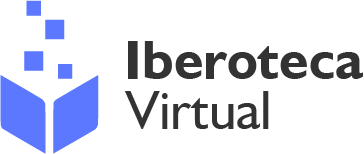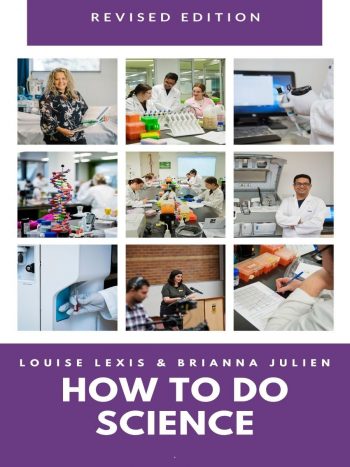How To Do Science - Revised Edition
Editorial: University of Southern Queensland
Licencia: Creative Commons (by-nc-sa)
Autor(es): Louise Lexis, Melbourne
Brianna Julien, Melbourne
A BETTER WAY TO LEARN SCIENCE
A global issue facing the science disciplines in higher education is perhaps summed up in the title of an article
published in The New York Times in 2011, ‘Why science majors change their minds (it’s just so darn hard)’
(Drew, 2011). Research from the 1900s confirmed that students learn more by grappling with open-ended
problems, rather than listening to lectures. But, lectures are far cheaper to produce and deliver. With many
academics focused on bringing in research grants, inquiry-oriented learning has, to date, failed to become
‘mainstream’ in undergraduate science education.
In an attempt to address this problem, many science education experts have implored educators to deliver
curriculum that encourages students to engage in the practice of science. For example, leading biological and
life-sciences experts put out a call to educators to action change in the way we deliver undergraduate biology
education worldwide (American Association for the Advancement of Science, 2011). The plea urges educators
1
to engage students as active participants in the scientific process, so they can be better prepared for the
biology-related challenges of the 21st century.
What the experts made clear in their plea for better scientists is that recent advances throughout the life
sciences require new approaches, and these advances call out for new ways to prepare all undergraduates,
regardless of their eventual career paths. This is consistent with the recommendations of Australia’s former
Chief Scientist, Professor Ian Chubb, and other leading scientists, such as Professor Suzanne Cory, who is one
of Australia’s most distinguished molecular biologists (Jones et al., 2014).
After heeding the call to action change, and developing and introducing curriculum designed to engage
students in the scientific process, we soon realised that support materials for life sciences enquiry-based
education were lacking. Therefore, this guide was born out of necessity – because, as the famous saying goes
– ‘necessity is the mother of invention’.
This guide is suitable for life sciences students at all levels of undergraduate study, and could also be
beneficial to postgraduate students.
REFERENCES
American Association for the Advancement of Science. (2011
Compartir:
Una vez que el usuario haya visto al menos un documento, este fragmento será visible.


